The website for the Lily Dale Assembly, the official headquarters of the small town’s spiritualist community, lists forty-nine registered mediums. The photographer Shannon Taggart has spent nearly two decades documenting Spiritualist communities around the globe. She began in Lily Dale, New York, a small town near the western tip of the state that plays host to one of the largest Spiritualist communities in the world. Her photos allow viewers to glimpse the sacred rituals by which mediums (and curious customers) reach beyond the veil.
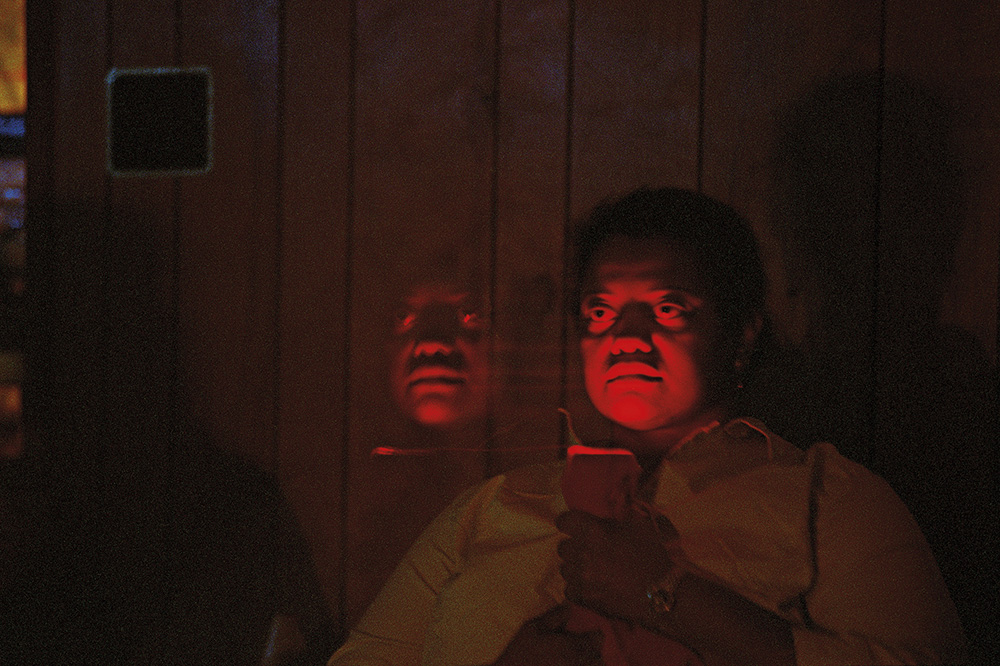
Woman said to be overshadowed by either the spirit of her grandmother, the Voodoo priestess Marie Laveau, or her own doppelgänger, Lily Dale, New York, 2003.

Instrumental-transcommunication and smoke-scrying experiment outside the séance room, England, 2013.
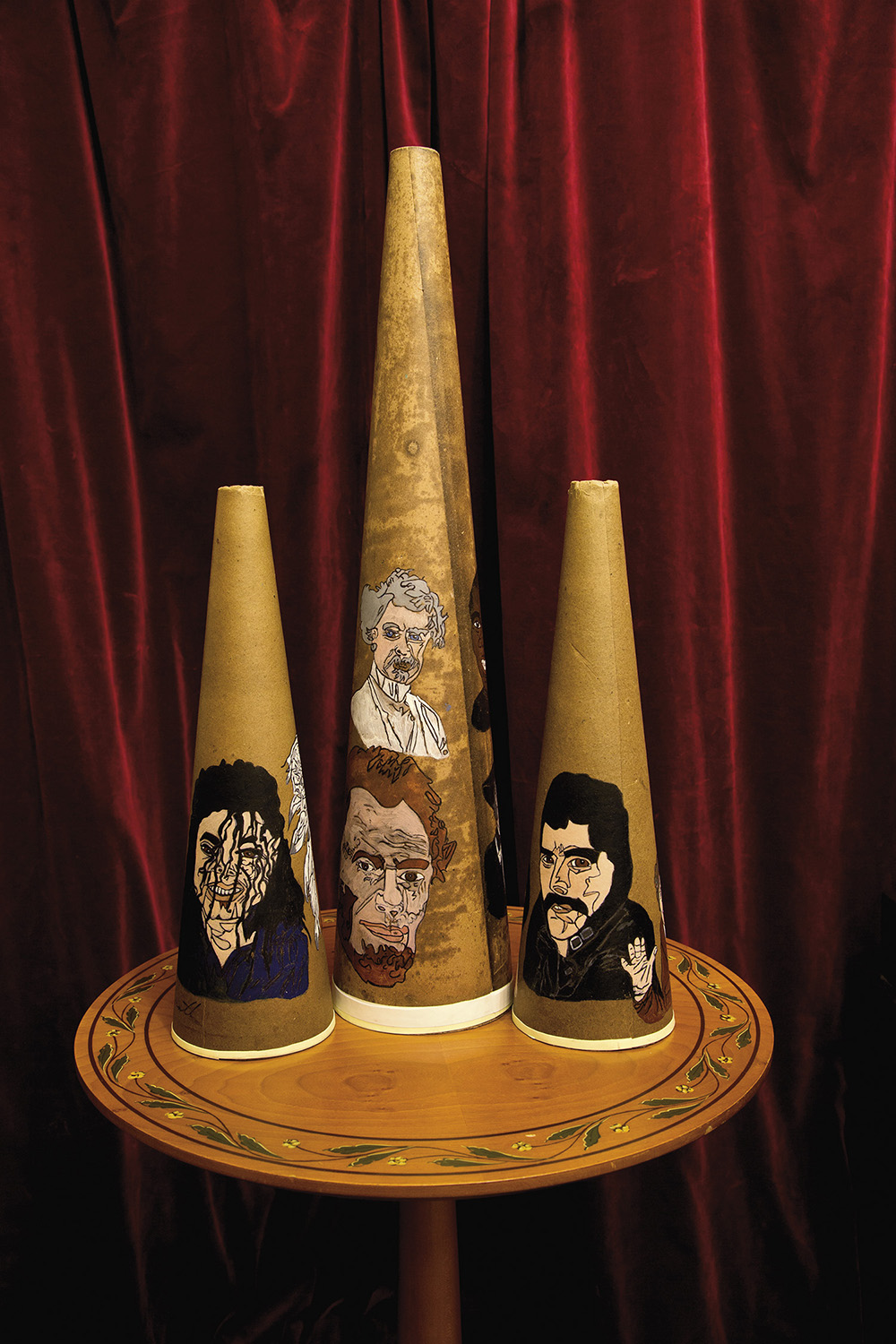
Séance trumpets with celebrity spirit guides, hand-painted by medium Sylvia Howarth, England, 2013.

Gretchen Clark laughs as her deceased brother Chapman interrupts a reading to tell her a joke, Lily Dale, New York, 2001.
All photos from Shannon Taggart: Séance, published by Fulgur Press.
from The Paris Review https://ift.tt/34fFqRS
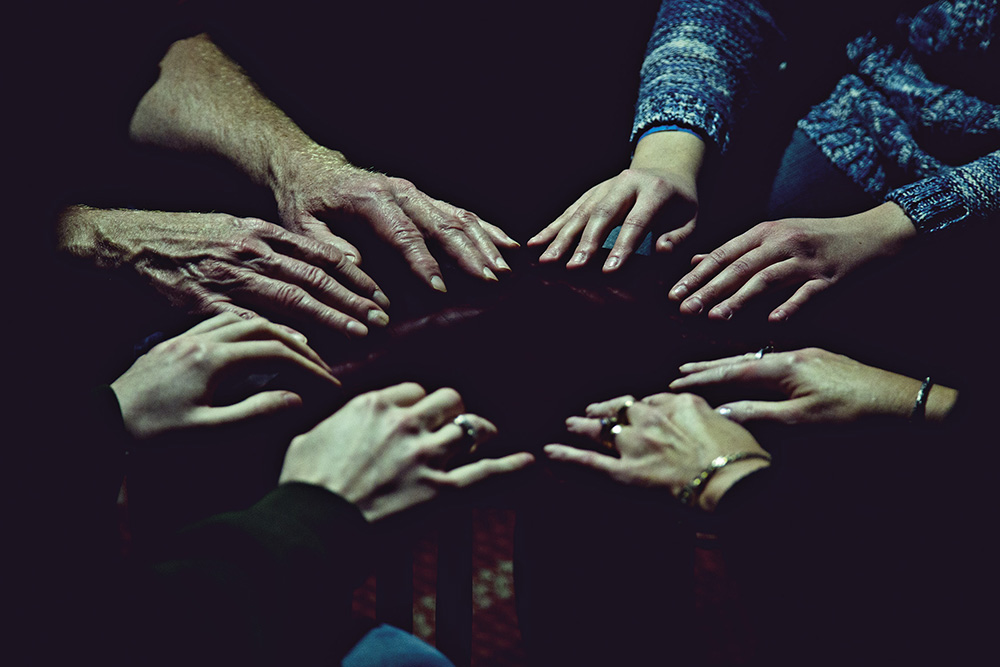
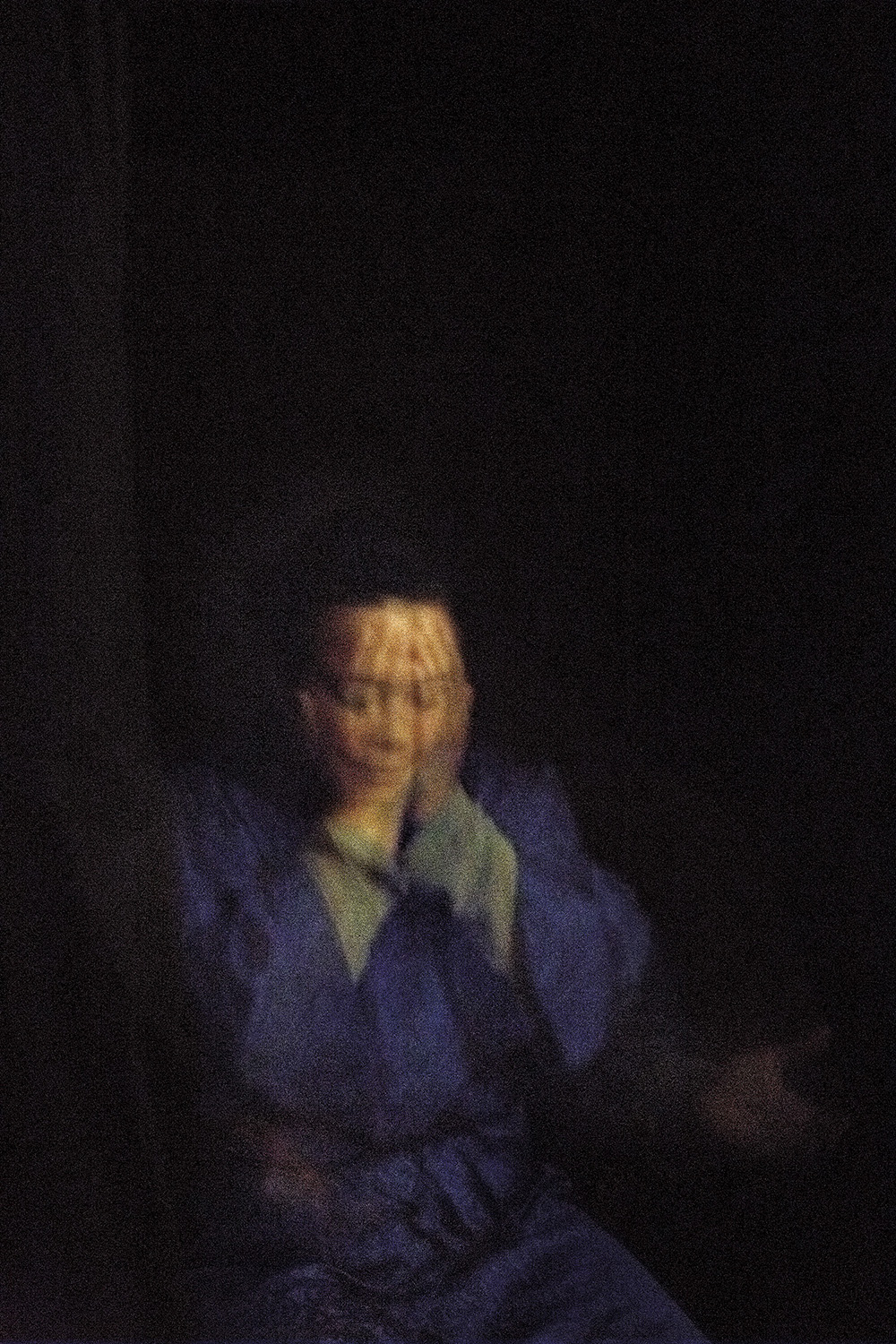
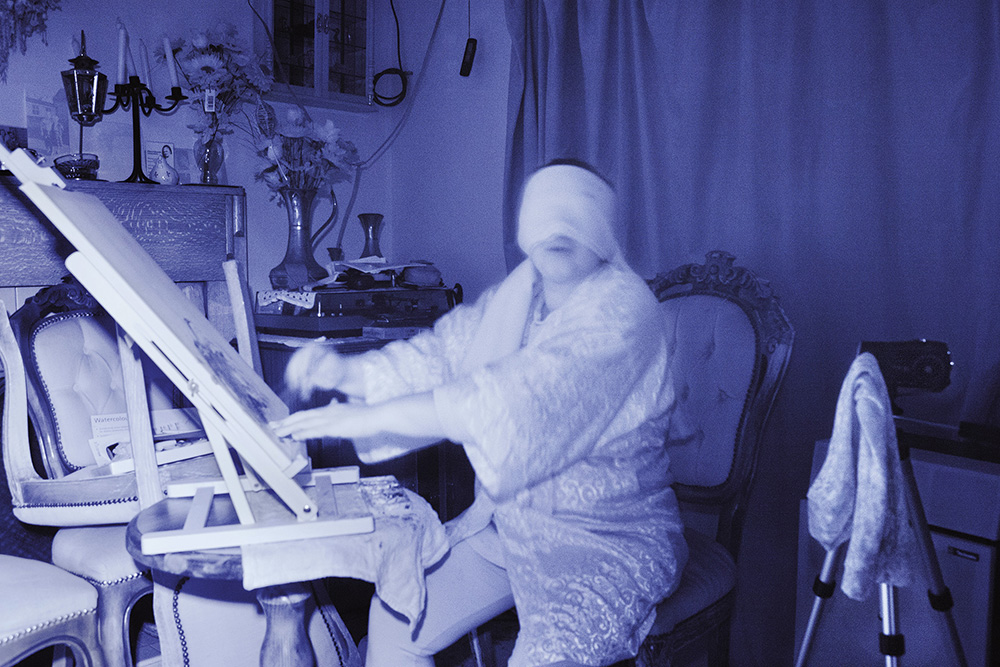

Comments
Post a Comment